The Lower Mississippi River Water Trail
Panel of Experts:
All writing is reviewed by a panel of paddlers, naturalists and other river experts including (for this section) Ernest Herndon, author of Canoeing Mississippi also Canoeing Louisiana; Paul Hartfield, endangered species biologist USFW; Ray Acock, big river naturalist; Tommy Shropshire, outdoorsman, kayak-fisherman; Dora Ann Hatch, Agritourism Coordinator LSU AgCenter; David Dupree, kayaker, Angeline Rodgers, Director, Lower Mississippi River Conservation Commission; Mike Beck, kayaking chemist; Nathan Beane, USACE forest/plant ecologist, Michael Jones, Mississippi Outdoor Tourism Director, Paul Orr, Lower Mississippi Riverkeeper; Michael Orr, Louisiana Environmental Action Network; Layne Logue, kayaker; Adam Elliott, big river guide; Mark River Peoples, big river guide; and Braxton Barden, big river guide. I, John Ruskey, am primary author. I have been taking notes, photographs and documenting the river since my first raft trip down the Mississippi in 1982. And so the Rivergator is the culmination of over 30 years of exploration. I have paddled the Mississippi on anything that floats including a log. To verify all information we have been making “refresher expeditions,” (we last paddled this section with a team of explorers in April and then in Dec, 2014). We’ll spice the journey with stories and vignettes from adventures along the way. Other important Rivergator sources include the National Weather Service “Lower Mississippi River Gauge and Week Forecast,” the US Army Corps 2007 Flood Control and Navigation Maps: Mississippi River, Google Maps Satellite View, Marion Braggs’ Historic Names and Places on the Lower Mississippi River, Mark Twain’s Life on the Mississippi, The Lower Mississippi River Conservation Committee, Louisiana Delta Adventures, Lower Delta Partnership, Mississippi Department of Wildlife Fisheries and Parks, Louisiana Dept of Fish & Wildlife, The Atchafalaya National Heritage Area, LSU Agritourism, Explore North Louisiana, Tensas River National Wildlife Refuge, John James Audubon Birds of America, Parkman’s LaSalle, DeSoto’s Narrative, Wikipedia, Quapaw Canoe Company and Wild Miles. See “Sources” for complete listing and suggestions for further reading.
Wild Miles:
The wonderful thing about the Lower Miss is that it’s still wild! You will see some industry and agriculture between Memphis and Helena, but for the most part your experience will be big water, big forests, big sandbars, big bluffs and big skies! Does this sound like Alaska? Or Lake Superior? Or Puget Sound? Yes — but it’s not. It’s nothing but the muddy big river, the biggest river in North America, and the longest stretch of free-flowing waters in the Lower 48.
In this section the wild places include Mile 725 to 664, 61 Wild Miles from below Memphis Harbor to above Helena Note: Tunica River Park & Museum, Buck Island protected public-use island. Some casinos seen. Bright night lights from casinos. Lights of Memphis dimly seen along northern horizon. Casino section Mile 708-695 might need to be removed from Wild Miles.
If you chose the Atchafalaya route, keep on downstream past all of the various intake canals and prepare for mile 303.8 RBD to enter the Old River Lock and Dam. After locking through you have a six-mile canal to paddle through, and then it’s all free flowing water down the lovely Atchafalaya. Your journey will be blessed. You will experience the route the creator seems to be striving for. It’s always a blessing to go with the will of the creator!)
Warning: Stay away from Intake Canals!
Warning: do not attempt to follow any of the intake canals leading to the Old River Control Structures at the head of the Atchafalaya! Very dangerous strong currents could suck you through the turbines or under the gates. There is no open passage of free-flowing water. Very turbulent water conditions are found around and within these intake canals, especially at high water. Do not attempt to portage either. You will likely be arrested by the USACE.
What are the Wild Miles?
According to www.wildmiles.org there are 515 Wild Miles on the Lower Mississippi River between Cairo, Illinois, and Baton Rouge, Louisiana, which means that 71% of the scenery viewed from canoes or kayaks paddling down that stretch of river looks & feels “wild.” Wild Miles are the places along the river where nature predominates and nothing is seen of mankind save passing tows (and other river traffic) and maybe a tiny hunting camp or a single fisherman buzzing by in a johnboat. These are places where the landscape is filled with giant islands bounded by endless mud banks & sandbars, where the river is overseen by big skies and where the sun sets uninterrupted by buildings or wires and where big river predominates with creative wild beauty, each high water results in shifting sand dunes and re-made sandbars. This is a floodplain valley where only deer & coyote tracks are seen along the sandbars and enormous flocks of shy birds like the white pelican and double breasted cormorant are comfortable enough to make landing for the night. These are places where it’s dark & quiet at night, where the stars fill the skies like brightly shining jewels poured out on a dark purple velvet blanket, almost as thick & vibrant as the night skies of the Great Plains or Rocky Mountains.
America has an opportunity to find the “wilderness within” by recognizing and preserving the below Wild Miles in the center of the country, and it just so happens that the gigantic floodplain of the Mississippi creates these Wild Miles. These places have been preserved mostly by neglect, by the power of the river, by its catastrophic rises & falls, and the danger of building anything within its floodplain. Moreover, in light of recent flood cycles and the declining population of the lower floodplain, this area is receiving attention as one of the best places to restore native bottomland hardwood forests. Restored forest creates habitat for wildlife, improved water quality, a buffer to flooding, and is an important means of reducing the Gulf of Mexico’s “dead zone,” caused by nutrient runoff into the river. For this reason the recent efforts to reopen the New Madrid Birdspoint floodway would have a detrimental effect on the entire Lower Miss, at the very least in flood control.
Developers: Instead of building any new sites within these Wild Miles, please consider placing new industry and agriculture construction outside the Wild Miles — and stay within those places already industrialized such as within one of the many harbors along the way, or building it far enough behind the levee that it won’t be seen or heard or be directly connected to the river.
Big Trees and Floodplain:
The lower Mississippi River Valley was historically a vast expanse of bottomland and adjacent upland hardwood forests with scattered openings primarily created by fire, beaver, or large flood events by the Mississippi River and its tributaries. These openings were generally comprised of herbaceous moist-soil areas that created excellent waterfowl and other wetland wildlife habitat or giant switchcane that was almost impenetrable and an extremely important habitat component for a variety of wildlife species. Once covering 22 million acres in the Mississippi River Alluvial Plain, bottomland hardwood forests have decreased in extent to only 4.9 million acres. Extensive clearing for agriculture (i.e. soybeans, corn, or cotton) and urbanization are two of the primary reasons giant bald cypress and oak trees of pre-settlement times no longer exist. However, giant bald cypress and oak trees characteristic of yesteryear can still be seen on some of these sections of the Lower Mississippi.
Important Note to Paddlers:
The Lower Mississippi is not for beginners, although there a couple of side channel places that beginners can get a taste of the big waters (in backwater places that open to the river such as Lake Centennial, Yazoo River, Claiborne County Harbor, and Bayou Sara — and other protected flat water places connected to the big river — see page “Beginner Paddlers on the Lower Mississippi River”). Advance paddlers only in the main channel. You should be capable of self-rescue, and you should have previous big river experience, in specific: large volume waters with long crossings and industrial traffic (towboats). Your skills should include self-rescue, long ferry-crossings, paddling in the wind, paddling in the vicinity of towboats, paddling through violent boils, violent eddies, and large whirlpools. Ultimately you must decide whether you are capable of safely paddling the big river, and whether you are capable of leading your family or friends on the same. Be cautious. Take your time. Swallow your ambition and pride. Impatience has been the root cause of most problems encountered by Lower Mississippi River paddlers. Enjoy the moment, not the destination. Turn around if you aren’t sure or aren’t prepared. Use the Rivergator Safety section to assess specific skills and recommendations. Check the river levels and weather forecast with special attention to wind speed and direction. Carry extra food, water, and all-weather protection. Wear wetsuit or dry suit in cold water seasons (November through April). Carry cell phone and VHF Marine radio. Carry an extra paddle and leave a route plan with someone on shore. Large groups can notify the Coast Guard who will keep the towboat pilots informed of your progress.

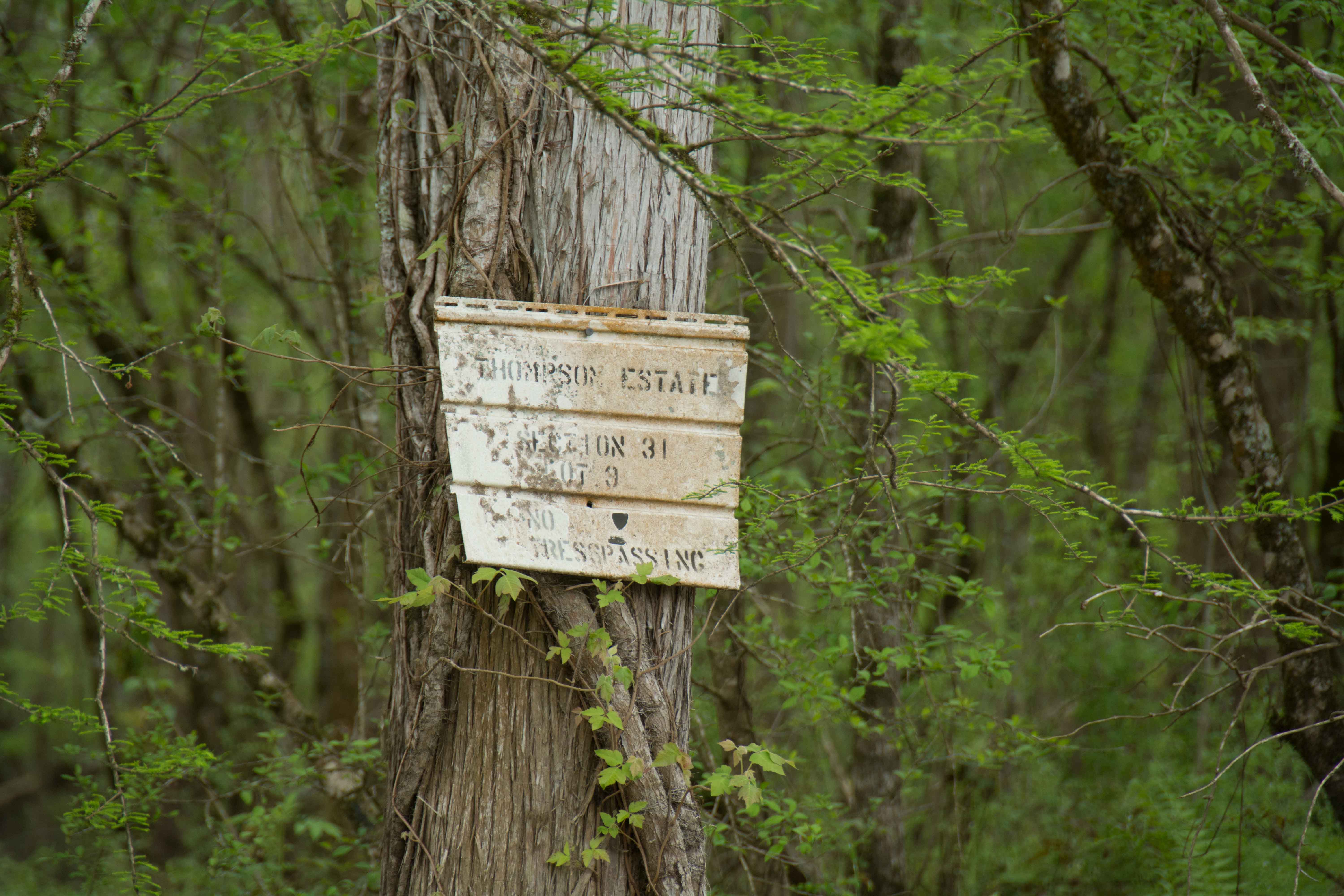

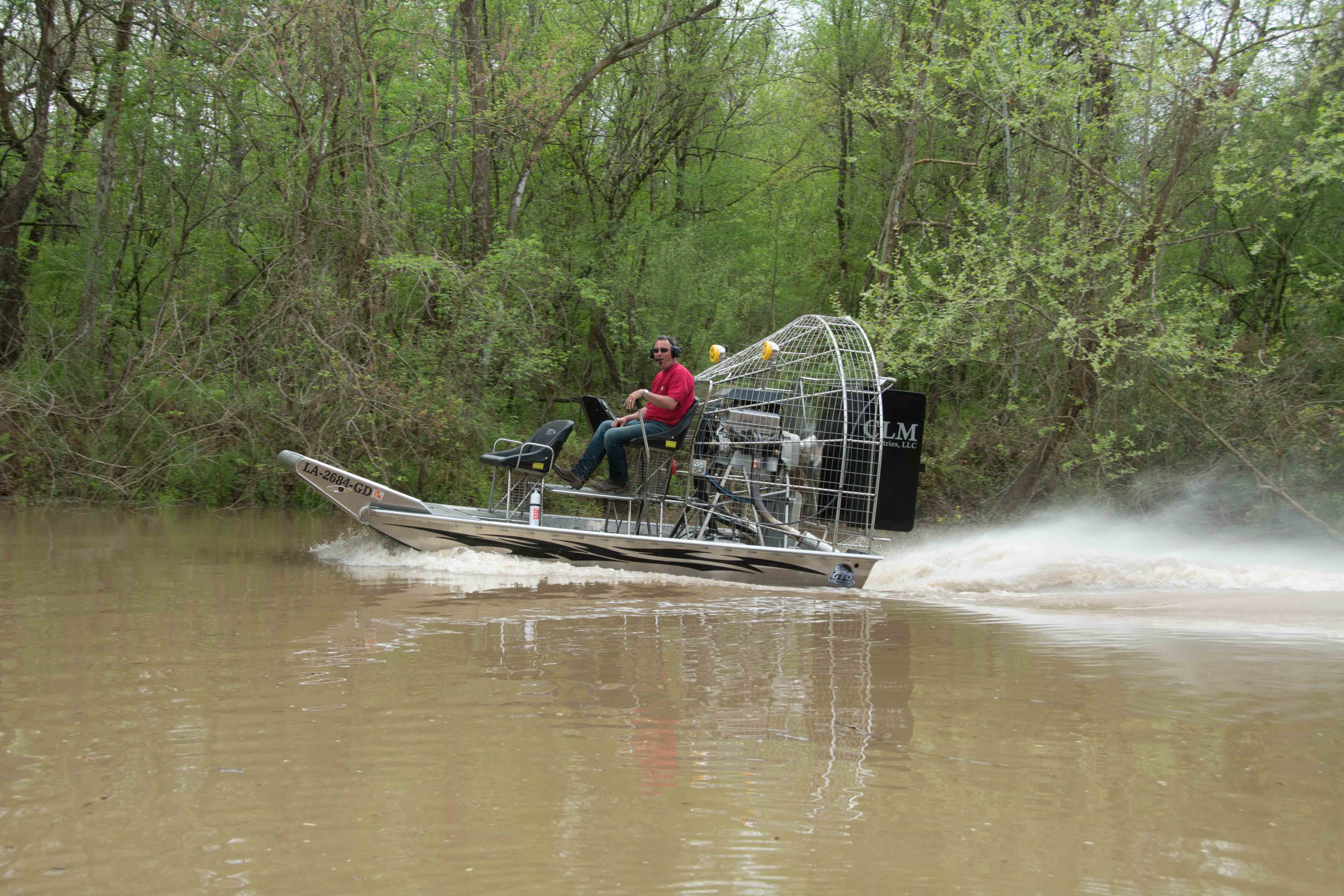
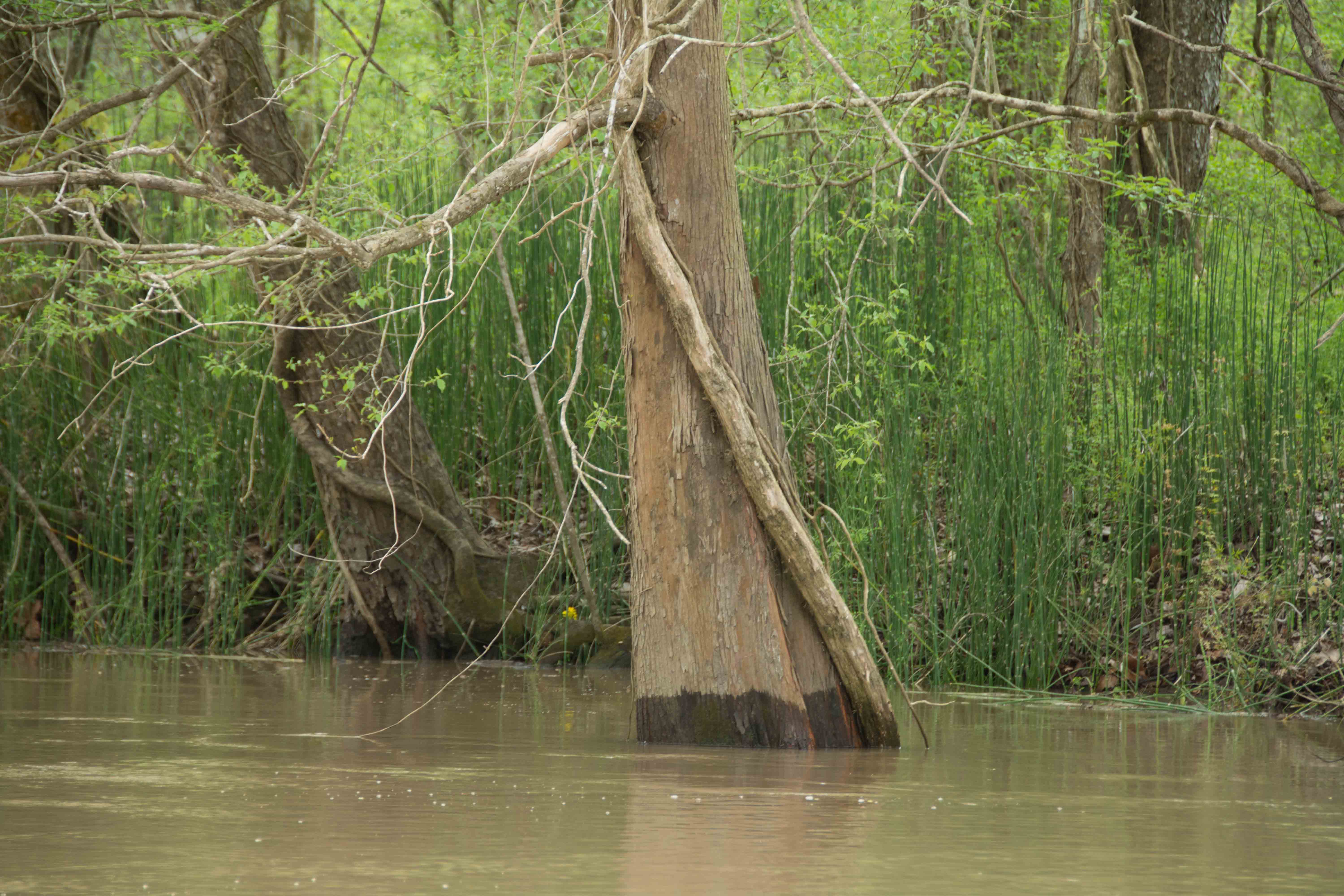
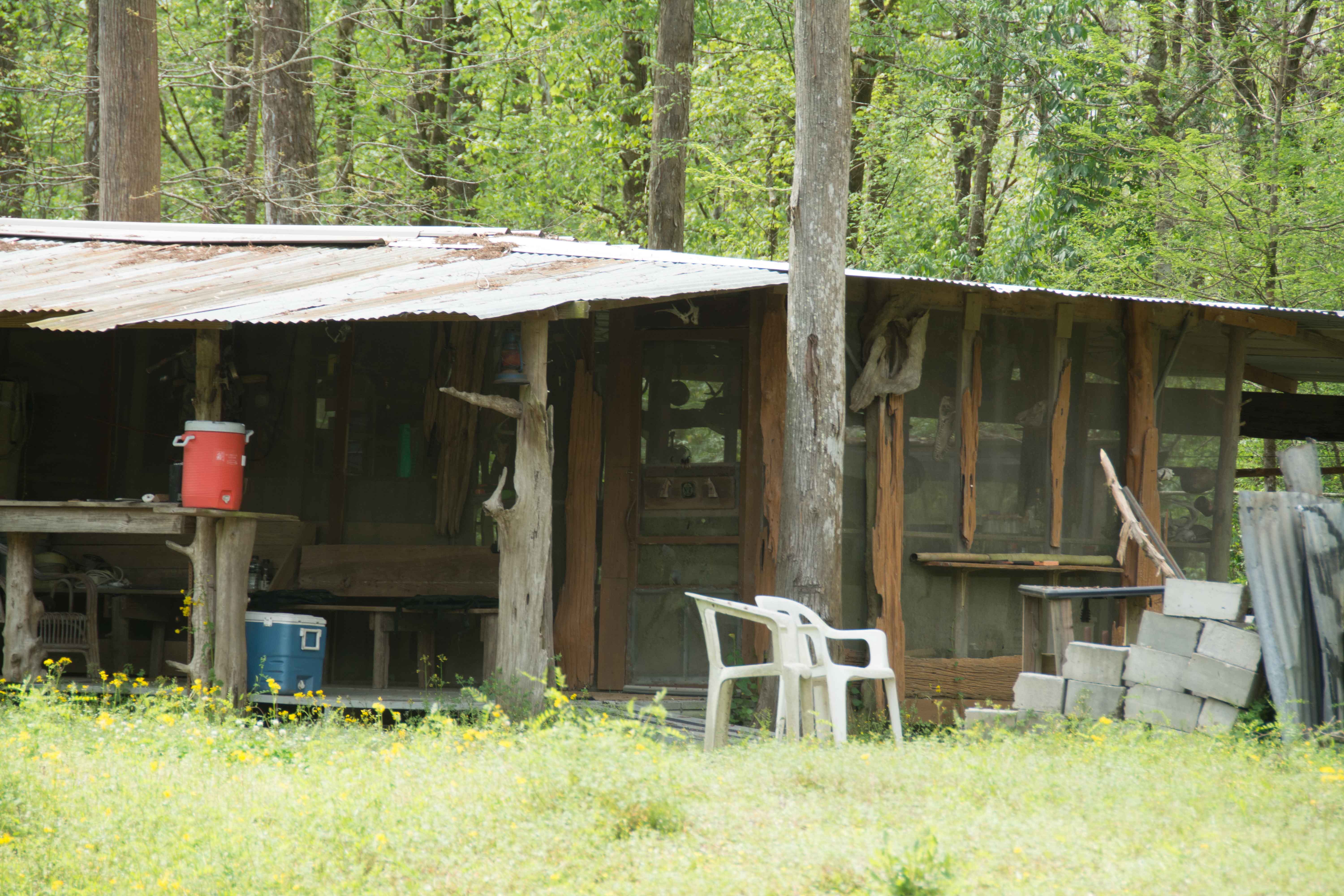
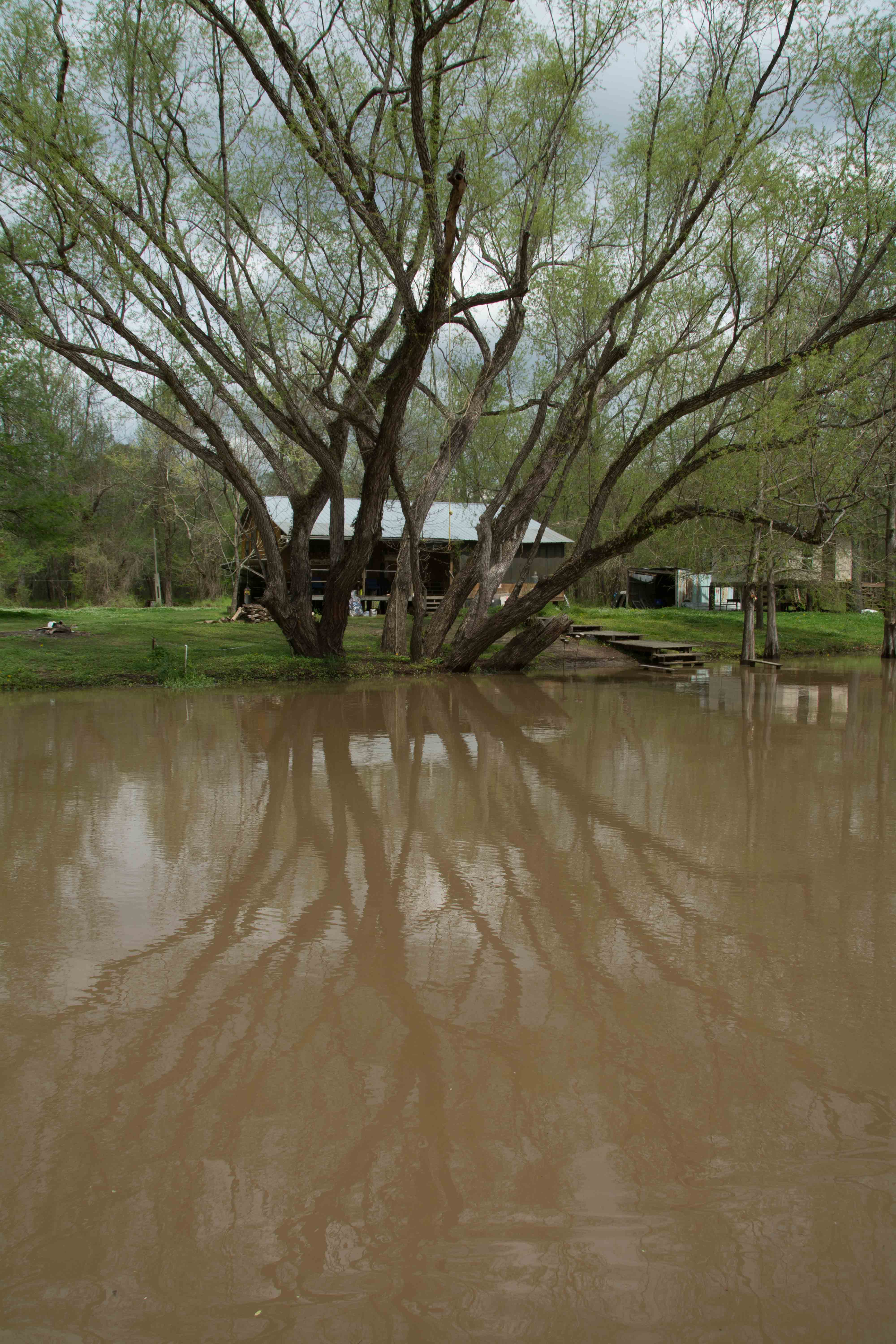
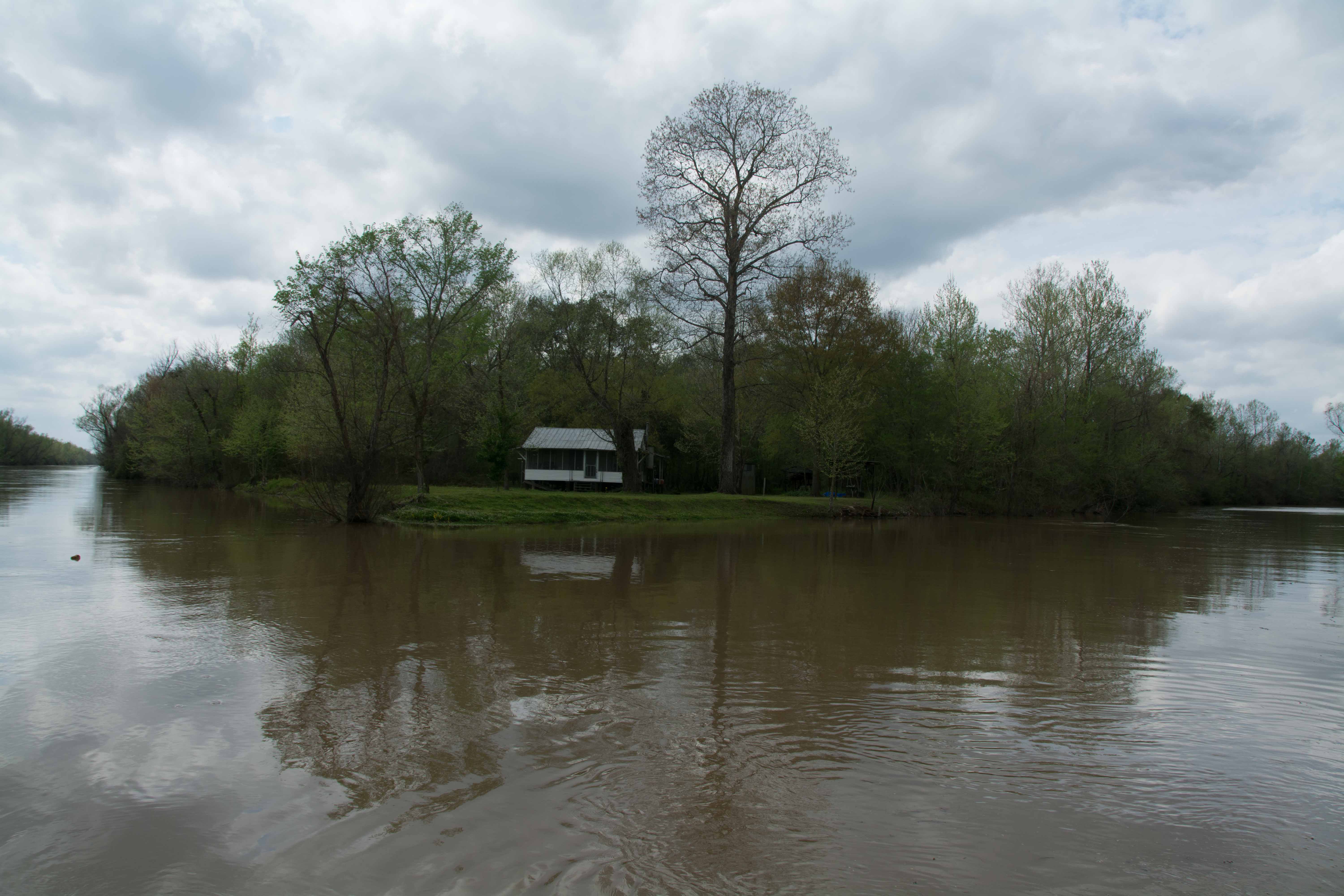
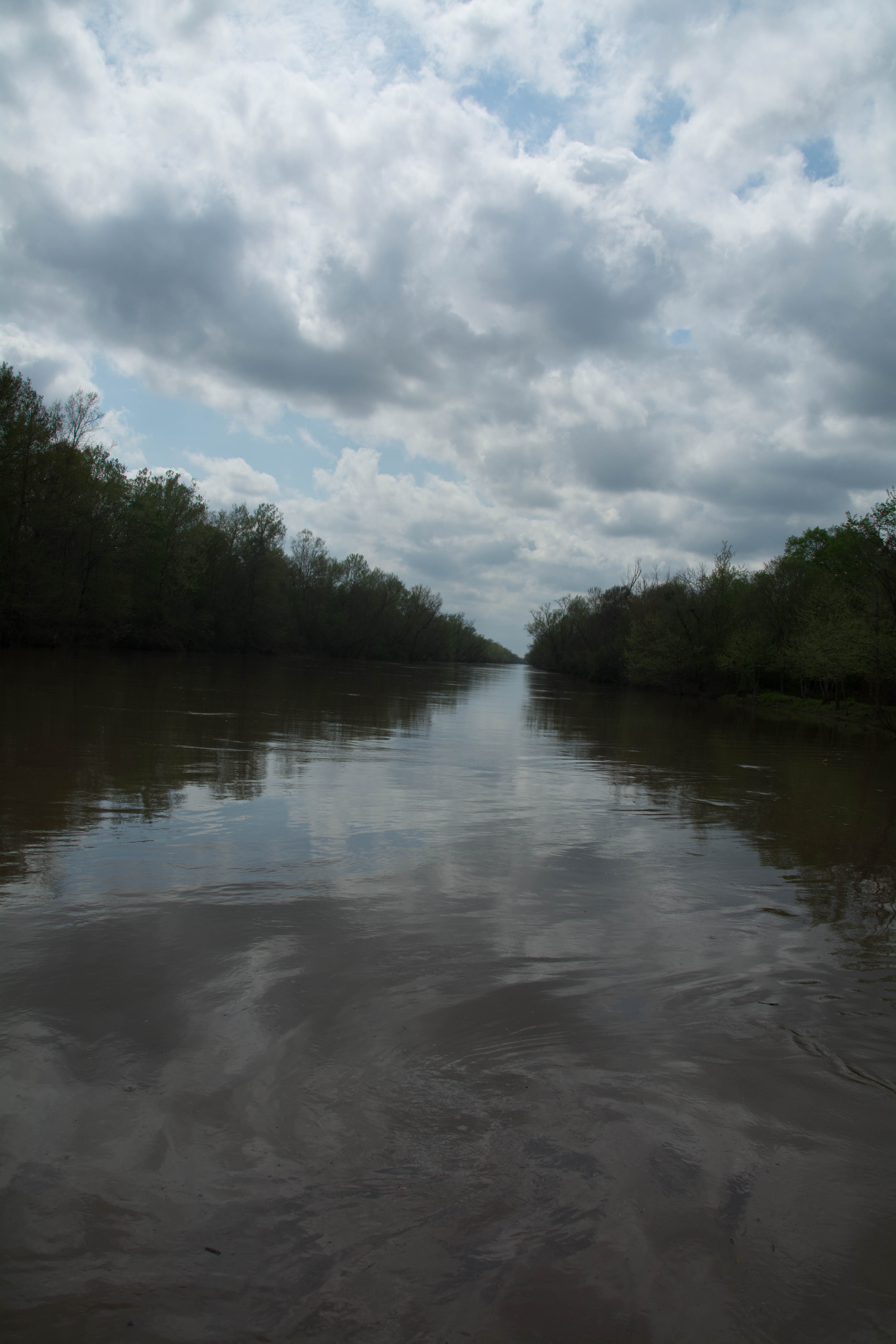











Leave A Comment
You must be logged in to post a comment.